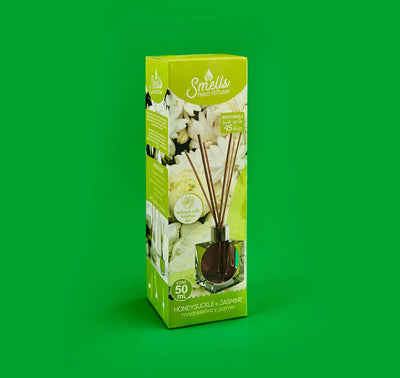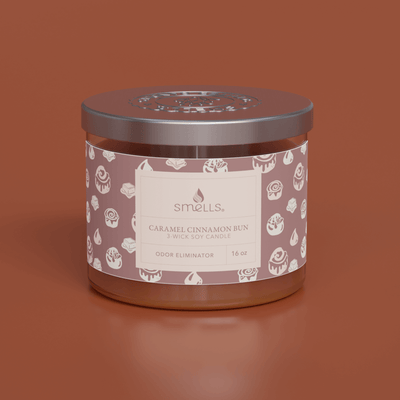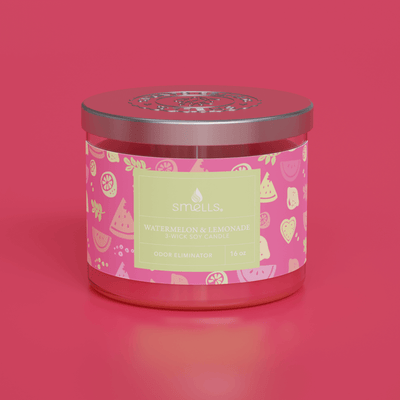What Causes a Candle Jar to Turn Black?
Have you ever noticed that after your candle is lit for an extended period of time, the jar actually starts to turn black? You may also notice that whenever you stick your hand in the jar to relight the candle, that black substance has a tendency to rub off onto your fingers and hand.

Have you ever wondered what it is and why it happens? Are you curious if it means your 3 wick candles or single wick candles are done for? Well, in this guide, I am going to tell you everything you need to know about why your candle jar turns black. (don’t worry, it is normal!)
What Causes the Color Change in A Candle Jar?
Candle wax is what causes those incredible aromas to fill your home after lighting it. The melting of the wax releases the scents; however, more chemical reactions are happening than you probably think while burning a candle.
The wax is made from a mixture of paraffin and beeswax, which are both solid substances that melt at low temperatures (about 110 degrees). When you melt these substances together, they form liquid waxes (paraffin), which then evaporate into smokey wisps of soot-like particles called pyrolysis products when exposed to heat sources like candle flames.
Over time, the soot caused by burning your candle will accumulate on the inside of the jar. After a few burns, the layer is dark enough and heavy enough to see. This is when you will become annoyed by a black candle jar.
Can I Keep Burning a Candle in a Black Jar?
Candle soot is a naturally occurring substance. It's not harmful, but it can be dangerous if you inhale too much of it.
Candle soot is made from melted candle wax. Some components of wax don’t burn away like the rest of it but instead melts and turns into a liquid. The liquid soot that remains after the candle has burned is called "candle grease." You should never put candle grease on your skin or into your eyes because it can cause irritation and burns if you do.
If you have a very high level of candle soot in your home or workplace, it may be best to leave the building until it has had time to dissipate before returning. With all this said, it is not dangerous when found on the insides of your candle jar.
So, yes. You can absolutely continue to burn your candle. If you are concerned, follow the steps below to clean your candle and make it free of excess soot!
Keeping Your Candle Jar from Getting Black
The easiest way to prevent the candle's glass from turning black is by using a paper towel or napkin to wipe the inside. This will remove any dust or dirt that may be present and keep your candle looking good!
Another way to prevent this is to use an old toothbrush to clean the inside of your candle's glass. This method is very effective, but it will take time and patience. This may not be for you if you have never cleaned out a candle before. However, if you have experience cleaning out candles, this method can be very effective in keeping your candles looking as good as new!
Get a Clean Burning Candle
The definition of a clean-burning candle does not produce smoke when lit. The term "clean-burning" means that it doesn't release pollutants into the air like other candles do, which can cause problems with indoor air quality.
Candle manufacturers use different terms when describing their candles. Still, the main thing to look for when buying them is whether they are "clean-burning" or if they release any harmful chemicals into the air during combustion.
If you want your home to smell nice and fresh but don't want it to have any unwanted toxins in it, choose a clean-burning candle.
The Bottom Line
It often happens that after throwing a lit candle into a jar, the jar turns black. This, however, is not the beginning of some grim curse. It's just a simple chemical interaction called oxidation, and it happens all the time.
Oxidation occurs whenever two things come in contact with each other, whether they are in the same physical space or not, which means that it can happen at any point during your candle-burning process.
Don’t worry; soot accumulation on your candle jar is 100% normal, and we encourage you to keep burning your scented candles!
Frequently Asked Questions
Why Does My Candle Turn My Walls Black?
Black walls are caused by candle smoke. When you burn candles, they release a lot of carbon monoxide into your home. The more burning candles you have, the blacker walls you'll see.
Is The Soot Produced by Candles Dangerous?
Candle soot is not dangerous to humans. It is a type of particulate matter that can cause lung diseases and respiratory problems, but it's not toxic in any way. The candle-scented air you will not make your lungs explode or kill you.
So why are there warnings on products that contain candle soot? The labels are meant to protect consumers from breathing in a substance that shouldn't be inhaled, but it's also important for people who don't like the smell of burned wax to know that it won't harm them.
What is a Clean Burning Candle?
A clean-burning candle does not use any form of the wick. It has a shell made from pure paraffin wax and is coated with a non-toxic coating that keeps it from burning too quickly or too hot. A clean-burning candle can be used in any room in your home without causing any problems with allergies or asthma.
Clean burning candles are also safer than traditional ones because they do not release dangerous toxins into the air during their burn time. This makes them much safer than other types of candles, which may cause accidents if misused.









Leave a comment